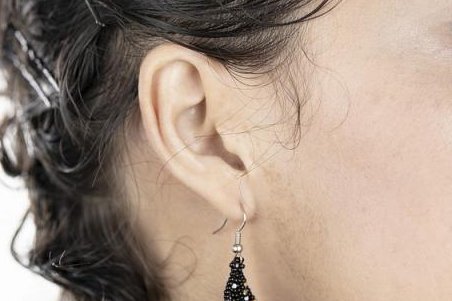
Senators John Barrasso and Mike Braun talk ahead of a news conference about Covid-19 vaccine mandates on December 8, 2021 (AFP/Drew Angerer)
Wed, December 8, 2021,
The US Senate was expected to vote Wednesday to block President Joe Biden's vaccine-or-test mandate for large private employers, in a symbolic win for conservatives that will have little tangible effect.
The Republican-led vote -- planned for the evening -- is expected to pass with the backing of two Democrats, but has worse prospects in the House of Representatives, where it may only have support from the right.
Under Biden's plan, all companies with more than 100 workers will have to require their employees be immunized or undergo weekly testing from January 4.
The Senate pushback is being led by Indiana's Mike Braun, who told reporters that threatening Americans' jobs if they refuse on both counts "is the heavy hand of government."
Wyoming's John Barrasso, the chairman of the Senate Republicans, accused Biden, who is not a doctor, of "medical malpractice."
Numerous states run by both Democrats and Republicans already require hundreds of thousands of their citizens to be vaccinated against a variety of diseases, and none of these mandates is controversial.
Most cover childhood immunizations, which have been a feature of American society since the 19th century, but there are mandates covering adults, too.
New York requires all workers in hospitals, nursing homes and other health care facilities to be immunized against measles and rubella while Rhode Island requires child care workers to be immunized against a variety of common childhood diseases, and the flu.
Several states have vaccination mandates for college students and all 50 require school children to get shots for diphtheria, tetanus, whooping cough, polio, measles, rubella and chickenpox.
Democratic Senate leader Chuck Schumer likened the Republicans to flat-earth theorists and accused those who have sought out vaccine shots for themselves of hypocrisy.
"The biggest thing standing between us and the end of the pandemic is Americans who have refused to get vaccinated," he said.
All three major Biden vaccine policies for people not employed by the federal government -- the mandates for contractors, certain health care workers and employees of larger companies -- face legal challenges and are currently on ice.
ft/dw












